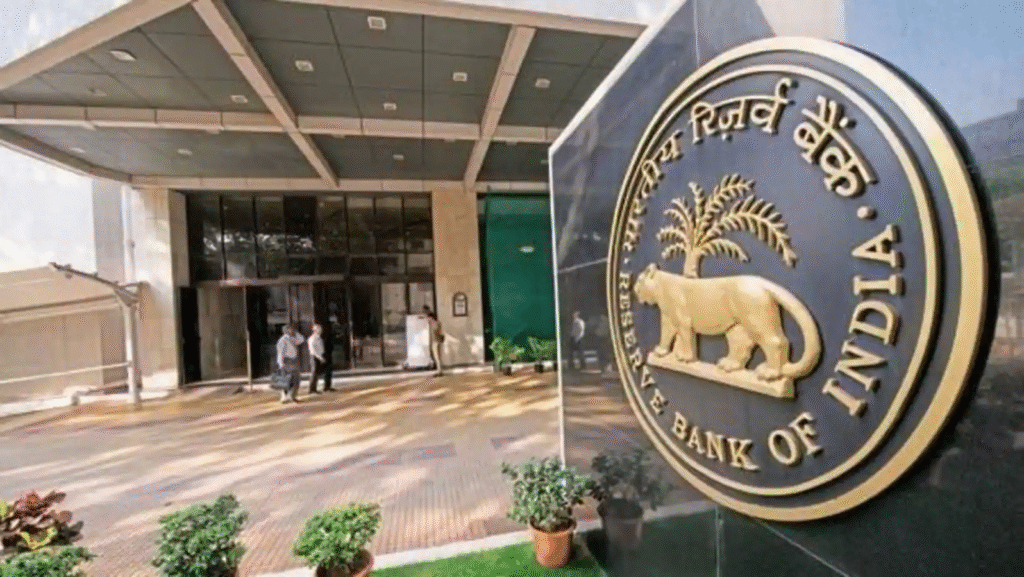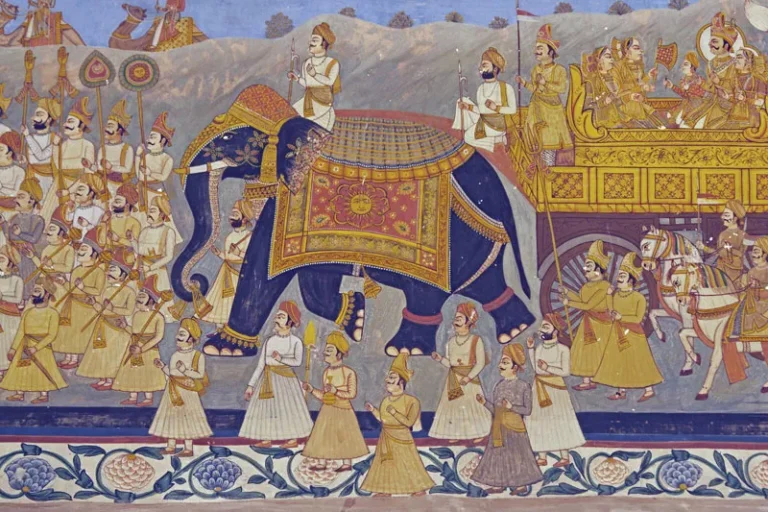
The Reserve Bank of India (RBI), which is the country’s central bank, was put in place to regulate currency issuance, control credit, and maintain financial stability. As the core of India’s financial system, the RBI plays a very important role in the formulation of monetary policy, supervision of banks and in the protection of economic security.
History of RBI
The concept of a central bank in India was put forth by the Hilton Young Commission in 1926. In turn, the Reserve Bank of India, which was established on 1st April 1935 as per the RBI Act of 1934, came into being. Based out of Kolkata, the head office was moved to Mumbai in 1937. Post independence, the bank was nationalised on 1st January 1949, thus becoming a state-owned entity that is charged with monetary stability and development of the Indian economy.
The Reserve Bank of India (RBI), which was founded on 1st April 1935, is the preeminent banking body in the country. It plays a very important role in the regulation and supervision of the financial system, in achieving monetary stability and in promoting economic growth. Also, it operates in the area of maintaining a detailed directory of the banks in the country. This directory puts banks into different segments, which in turn serve diverse purposes and clients.

Categories of Banks in India
- Government Sector Banks (GSBs)
State Bank of India (SBI)
Bank of Baroda
Bank of India
Bank of Maharashtra
Canara Bank
UCO Bank
Union Bank of India
United Indian Banks (merged, which included Punjab National Bank).
Vijaya Bank (taken over by Bank of Baroda).
In recent years, some PSBs have merged into larger ones.
- Commercial Banks
Private Sector Banks are those in which the major holding is by private entities. These banks are known for their focus on the customer and use of technology. Notable banks in this group include:
HDFC Bank
ICICI Bank
Axis Bank
Kotak Mahindra Bank
IndusInd Bank
Federal Bank
IDFC First Bank
Bandhan Bank
Jammu & Kashmir Bank
Karnataka Bank
- Small Finance Banks (SFBs)
Small and low-scale Banks, which are set up to serve the underprivileged and unserved segments of the population, particularly in rural areas. They put out to do financial inclusion, which includes micro credit and other banking services. Examples include:.
AU Small Finance Bank
Equitas Small Finance Bank
Fincare Small Finance Bank
Jana Small Finance Bank
Ujjivan Small Finance Bank
- Payment Banks
Payment Banks are a new type of bank that the RBI has come up with to push for financial inclusion, which they do through a set of products. They can take in deposits, provide transfer services, issue debit cards, but do not extend loans. Notable payment banks include:.
Airtel Payments Bank
India Post Payments Bank
Fino Payments Bank
Jio Payments Bank
Paytm Payments Bank
- Regional Rural Banks (RRBs)
Regional Rural Banks were set up for the benefit of small and marginal farmers, agricultural labourers, and rural artisans. They are run by the Central Government, State Government and Sponsor Banks. For instance:.
Andhra Pradesh Grameena Vikas Bank
Aryavart Bank
Assam Gramin Vikash Bank
Bangiya Gramin Vikash Bank
Bihar Gramin Bank
Chhattisgarh Rajya Gramin Bank
Karnataka Vikas Grameena Bank
Tripura Gramin Bank
Note: Over the years, we have seen the number of RRBs reduced, which in turn has improved efficiency and reduced operating costs.
- Foreign Banks
Foreign Banks that have their home in a country other than India, but which have set up branches or subsidiaries in our country. They introduce to the Indian market international banking practices and services to the Indian market. Some of these include:.
Citibank N.A.
Standard Chartered Bank
HSBC
Deutsche Bank
Barclays Bank
Bank of America
DBS Bank
Royal Bank of Scotland
State Bank of Mauritius
Bank of Tokyo-Mitsubishi UFJ
Foreign banks’ entry into the market has brought in more competition, which in turn presents Indian consumers with a great variety of banking products and services.
The RBI’s banking directory is an ever-updated resource which reports on changes in the banking sector, including mergers, new bank introductions and regulatory changes.
Conclusion
In India, we see a very dynamic and diverse banking landscape, which includes a large array of institutions that serve all different segments of the population. The Reserve Bank of India plays a key role in the regulation and supervision of these institutions, which in turn is a very important factor in the stable and growing financial system. For individuals looking for info on banks, the RBI’s official bank directory is one in which they will find accurate and up-to-date info.






